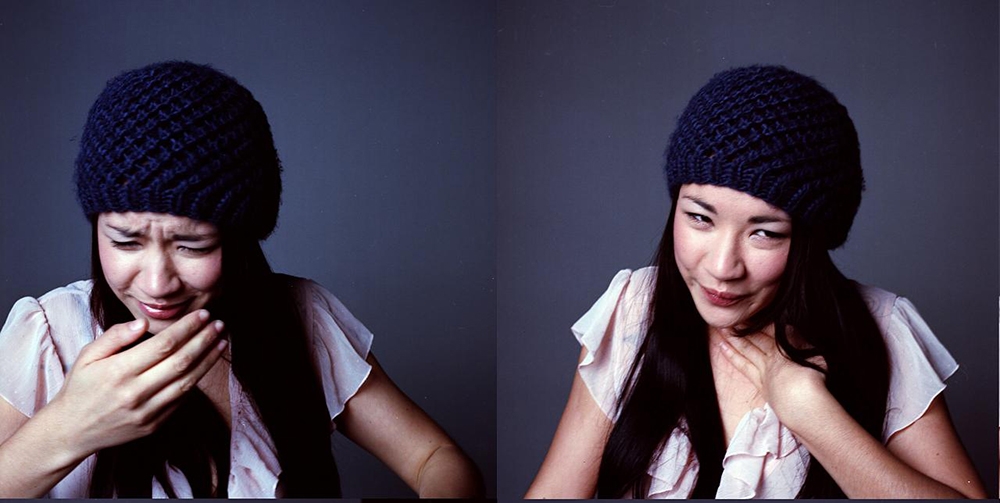Matt Dionne | Sports and Health Editor
Featured image: If the sneezes are coming on, remember to stay hydrated and get lots of rest. | Courtesy of Paul Tom (Flickr)
It’s that time of year again: tissues are in high demand and people’s noses are red, raw and Rudolph-esque—it’s cold and flu season.
Contrary to what the name may suggest, a cold is not in fact caused by exposure to low temperatures, which is hypothermia. Rather, a cold is a viral infection.
There are several different viruses that cause cold-like symptoms, however, the two most common types are coronaviruses and rhinoviruses, according to Medical News Today. Unfortunately, rhinoviruses don’t look like small rhinoceroses.
The most common way to catch a cold is to come into contact with someone who has one, specifically their saliva or mucus. Because the virus spreads through airborne particles, it is important for people to cover their mouths when they sneeze, and why you should wash your hands several times throughout the day.
According to Mayo Clinic, the symptoms of a cold include congestion, low-grade fever, a sore throat, body- and headaches, sneezing and coughing.
It’s also worth checking mucus colouration when you blow your nose. It will often become thicker and yellow or green when you are suffering from a cold, while a healthy person’s mucus will typically be clear to light-green. However, this is a guideline, not a hard-and-fast rule.
Although you can catch a cold at any time of the year, colds are much more common during the fall and the winter due to increased time spent indoors. Being around a lot of people in crowded spaces can also increase your chances of catching a cold. It’s a numbers game: when you’re around more people you come into contact with more germs.
Children are also more susceptible to catching colds, as are the elderly, due to their weaker immune systems.
Unfortunately, there is still no cure for the common cold. However, the symptoms are very treatable. Catching a cold is no longer a death sentence.
Colds tend to treat themselves, meaning the best way to get rid of a cold is to let it run its course. According to Mayo Clinic, the best way to treat cold and flu symptoms is to stay hydrated and get lots of rest. Sleep is how the body heals itself, so getting a decent amount of it is vital when it comes to getting over or preventing illnesses.
Additionally, decongestants and pain relievers can help with the achy feeling and stuffiness caused by colds. Be warned, as many over-the-counter medicines are suppressants, meaning they suppress the symptoms, which could delay your healing time.
However, treatments that don’t work are zinc supplements and antibiotics.
Home remedies may be your mother’s first suggestions, but many of these treatments don’t have enough data to determine whether they are truly helpful. According to Mayo Clinic, vitamin C supplements and echinacea don’t have a sound scientific cause and effect relationship, but taking them won’t hurt.
So if you feel a cold coming on, make sure to drink lots of fluids, stay warm and try to get plenty of sleep. A bowl of homemade chicken noodle soup probably wouldn’t hurt either.


